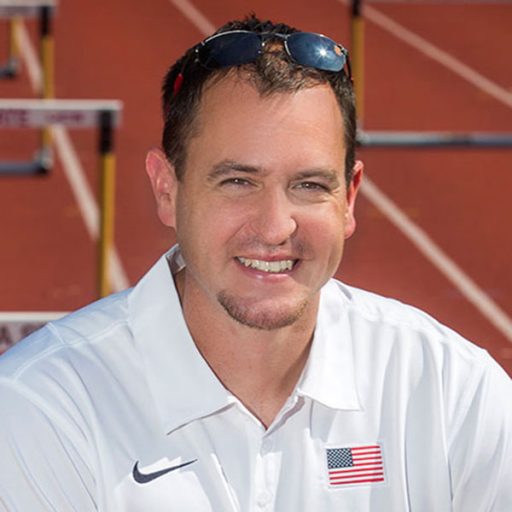
Like a strike thrown in baseball that is only recognized by a well-trained umpire, hidden disabilities and conditions (HDCs) may be invisible to the untrained eye. HDCs are specific disabilities or conditions like dyslexia, Autism, communication disorders, sensory impairments, anxiety, depression, or attention deficit and hyperactivity disorder. The obstacles that HDCs may present, like impulsivity, irritability, or difficulties with reading or understanding, are not only challenges for teachers, caregivers and families, but also for athletic coaches.
A new book, “Reach Every Athlete: A Guide to Coaching Players with Hidden Disabilities and Conditions,” by Chris Stanley, a research faculty member at Florida State University’s Florida Center for Reading Research, and Tim Baghurst, the director of FSU COACH, helps guide coaches at all levels who may knowingly, or unknowingly, have an athlete on their team with an HDC. Stanley and Baghurst help clarify the impact of coaching athletes with an HDC and provide coaching tips and best practices.
“In scholarship within the fields of sport psychology and coaching, Dr. Baghurst and I independently noted the lack of attention to athletes with HDCs, and how these athletes can be recognized and supported,” Stanley said. “Beyond attempting to fill this gap in an academic setting, we aimed to create a practical resource which could be readily found and used by a coaching audience and employed to directly help athletes.”
It is estimated that 10% of the U.S. population has a condition that could be considered a type of hidden disability. On average, 30 million children and teens participate in an organized sport per year, adding to the roughly 480,000 collegiate athletes and 1,600 plus professional athletes in the U.S. The potential for a coach to experience an athlete with an HDC is staggering.
The use of evidence-based practices to identify, address and mitigate the impact of HDCs in the clinical and classroom setting is well-documented, readily available and often included in professional development, however, rarely are they included in coaching preparation and contexts. The ill-prepared coach may interpret athletes with an HDC as lazy, impulsive, unmotivated, insubordinate, and as a result, resign that player to the “bench.” “Reach Every Athlete” illustrates how a coach and athlete may experience sport within the context of an HDC, including how it may impact communication and development. The book also provides coaching strategies and best practices to consider when working with an athlete with an HDC. “Reach Every Athlete” is not just for coaches, it’s a must-read for all, including parents, caregivers, athletic administrators, coach educators and sport psychology consultants, charged with creating a diverse, competitive and character-developing experience.
“We hope this book proves to be a valuable and practical resource for those who work directly or indirectly with athletes,” Stanley said. “With enhanced understanding and strategies, coaches and others can create a more open and inclusive environment for all athletes, including those with HDCs, resulting in enhanced participation, performance and enjoyment.”
Learn more about “Reach Every Athlete: A Guide to Coaching Players with Hidden Disabilities and Conditions.”




